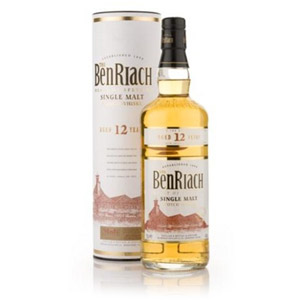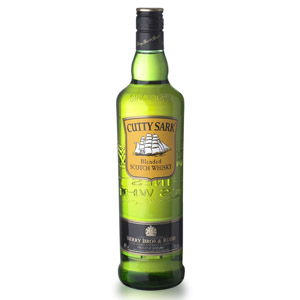Charles MacLean is a celebrated Scottish author on the subject of whisky. He has written many books, has a slew of titles and memberships in august bodies such as the Keepers of the Quaich and the Malt Maniacs, and has been referred to as Scotland’s leading whisky expert. His “Malt Whisky” is something of a coffee-table book, beautifully photographed and containing a thorough, if surface deep, overview of malt whisky – specifically Scotch malt whisky.
The book is full of gorgeous photography, although a lot of the images are desaturated to the point of impressionism. There are many landscape shots of Scotland – rolling hills, foggy glens, desolate moors and bogs – and a few up-close photos of equipment and barrels that, while evoking the ethos of Scotland, aren’t very illustrative about the process of distillation or maturation.
The text reads like a textbook on the subject of the history of Scottish malt whisky in general, with anecdotes about the original founders and early owners of many specific distilleries. There is an unfortunate shortage of information about specific distillery workings (types of equipment, barrel practices, sites of maturation, etc.), and sparse tasting notes, often of only one expression per distillery. The book does include a thorough (again textbook-like) introduction on the distilling of Scotch, including discussion of (in general) types of water, the cultivation and varieties of barley, the process of malting, and the end-to-end distillation of spirit. Also there is an abbreviated discussion of cask types and maturation strategies, although more could be said about flavor impact and modern approaches to finishing. Certainly this chapter is a good primer on the general practice of Scotch-specific whisky distillation, although specifics relating to currently available whisky products are missing.
There are a few pages on the proper tasting and rating of whisky, and the various components of a proper “tasting note”, including an excellent tasting wheel and a categorized list of commonly-found flavors and aromas. This is probably the most interesting (and useful) section of the book for the jaded whisky enthusiast, and could be an invaluable resource for a beginner.
The “Whisky Regions” section has nice maps with distillery locations, but is slim on information, usually glossing over regional characteristics, or focusing specifically on the terrain and locations of towns, rather than the types and variations of whisky made therein.
The “Directory” section lists every currently available (as of 2006) single-malt whisky, by distiller. Label images in tasting notes are mostly outdated, and newer expressions are pointedly missing, as well as Kilchoman and other enterprises begun after 1997. The tasting notes are utilitarian and sparse, much in the style of Michael Jackson and his peers, focusing almost exclusively on color, mouthfeel, and specific flavor components. Unfortunately, only one or two expressions per distillery has tasting notes, and sometimes one of them is an SMWS, distillery-exclusive, or other bottling that the average reader is unlikely to be able to purchase. The descriptions of individual distilleries is limited to one or two paragraphs, which are heavy on ownership transitions and dates of inactivity.
This book, by itself, will not satisfy a reader who is curious about specific distillery details, or about the causes of the vast differences in flavor and aroma that are the hallmark of the Scotch whisky industry. It does not cover whisky made outside of Scotland. It is also not a deep-dive in any area of whisky appreciation, and thus will not appeal to enthusiasts who already know a good deal about the making and enjoyment of whisky. However, as a coffee-table book or introductory text about Scotch whisky, it is an excellent resource for beginners or casual drinkers, and the photography alone is a good reason to flip through the book a few times.






Thank you for such an in depth and unbiased review of this book. Its great to see a review on whiskey books other than by Michael Jackson and I’m sure many people will appreciate the coffee table photography that you mentioned.
Happy sipping,
Teresa